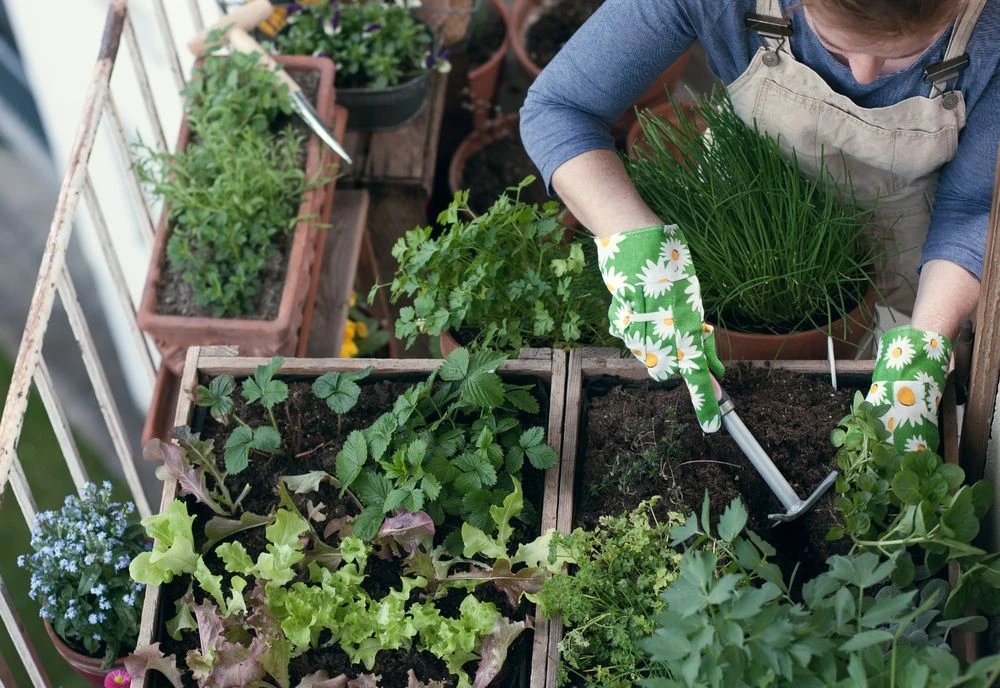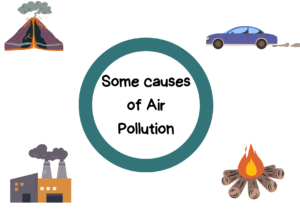Introduction
Herbs and shrubs are characterized by their growth habit and structure. Herbs are small, non-woody plants that typically have delicate leaves and stems. While Shrubs are larger, woody plants that have persistent stems that provide structure and support. Both herbs and shrubs play important roles in ecosystems and provide benefits to human societies. Understanding the differences between herbs and shrubs can help us appreciate the unique characteristics and uses of each type of plant.
Herbs
Herbs are defined as non-woody plants that are valued for their aromatic or flavorful leaves, stems, flowers, or other parts. They are usually smaller in size compared to shrubs and trees, and can grow either as annuals, perennials, or biennials. Herbs play important roles in various ecosystems, serving as food for pollinators, providing habitat for wildlife, and contributing to soil health. The growth and survival of herbs can be influenced by a variety of factors, including light, temperature, water, and soil nutrients.
In addition to their ecological importance, herbs have also been used by humans for thousands of years for medicinal purposes, as spices and flavorings, and as ornamental plants. Studying the biology of herbs can provide important insights into their uses and benefits to human society.
Examples of Herbs
Here are a few examples of herbs:
- Basil – a fragrant herb commonly used in Italian cooking
- Rosemary – an evergreen herb used for cooking and aromatherapy
- Mint – a refreshing herb used in teas, desserts, and sauces
- Thyme – a versatile herb used in many savory dishes
- Sage – and earthy herb used in stuffing, soups, and sauces
- Lavender – a fragrant herb used in perfumes, soaps, and teas
- Chives – a mild onion-flavored herb used in salads, soups, and dips
- Parsley – a bright green herb used as a garnish and in sauces and soups

Shrubs
Shrubs are defined as woody plants that are typically smaller than trees and larger than herbs. They have a persistent woody stem that supports the plant and provides structure. Unlike trees, which have a single main stem (trunk) that supports the entire plant, shrubs have multiple stems that arise from the base of the plant and grow to a more limited height.
Shrubs play important roles in many ecosystems, providing food and habitat for wildlife, stabilizing soil, and helping to maintain biodiversity. They can be found in a variety of habitats, from deserts to wetlands, and can be adapted to different climates and soil types.
Examples of Shrubs
Here are a few examples of shrubs:
- Blueberry – a fruiting shrub with sweet, juicy berries
- Rhododendron – an evergreen shrub with showy flowers and glossy leaves
- Lilac – a deciduous shrub with fragrant flowers
- Boxwood – an evergreen shrub often used for hedges and topiary
- Azalea – a deciduous shrub with brightly colored flowers
- Holly – an evergreen shrub with glossy leaves and red berries
- Hydrangea – a deciduous shrub with large clusters of flowers
- Spirea – a deciduous shrub with delicate flowers

Differences between herbs and shrubs
Herbs and shrubs are both types of plants, but they have some key differences:
- Size: Herbs are typically smaller than shrubs and grow to a limited height, whereas shrubs are larger and have a more substantial structure.
- Structure: Herbs have non-woody stems that die back to the ground each year, whereas shrubs have persistent woody stems that support the plant and provide structure.
- Leaves: Herbs typically have leaves that are fragrant or flavorful and are used for culinary or medicinal purposes, while shrubs have leaves that are often larger and less fragrant.
- Flowers and fruits: Both herbs and shrubs can produce flowers and fruits, but the size and type of flowers and fruits can be different. Herbs often have small, delicate flowers, while shrubs often have larger, showy flowers.
- Life cycle: Herbs can be annual, biennial, or perennial, meaning that they live for different lengths of time. Shrubs are typically perennial, meaning that they can live for many years.
- Uses: Herbs are often used for culinary, medicinal, or aromatic purposes, while shrubs are used as ornamental plants, for wildlife habitat, and erosion control.
Conclusion
Herbs are defined as non-woody plants that are valued for their aromatic or flavorful leaves, stems, flowers, or other parts. The growth and survival of herbs shrubs can be influenced by a variety of factors, including light, temperature, water, and soil nutrients. Herbs play important roles in various ecosystems, serving as food for pollinators, providing habitat for wildlife, and contributing to soil health. Shrubs play important roles in many ecosystems, providing food and habitat for wildlife, stabilizing soil, and helping to maintain biodiversity.
Frequently Asked Questions
1. What are climbers?
Climbers are a type of plant that have stems that grow vertically and need support to reach the sunlight. Climbers are also known as vines and they are characterized by their ability to attach themselves to other structures, such as trees, fences, or walls, to reach the light they need to grow and flourish.
2. What is called uprooting?
Uprooting refers to the removal of a plant from the ground, along with its roots. This can be done for a variety of reasons, such as to relocate the plant, eliminate unwanted plants from a garden or landscape, or clear land for construction or farming purposes.
3. What are herbs, shrubs and trees with examples?
Herbs, shrubs, and trees are all types of plants that can be distinguished based on their size and structure.
- Herbs are small, non-woody plants that die back to the ground after flowering. Examples of herbs include basil, mint, cilantro, and rosemary.
- Shrubs are larger than herbs but smaller than trees, and they have multiple stems that are woody and persist above the ground. Examples of shrubs include azaleas, hydrangeas, and rhododendrons.
- Trees are large, woody plants that have a single, continuous stem, or trunk, that supports branches and leaves. Examples of trees include oak trees, maple trees, and apple trees.
